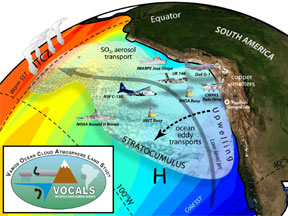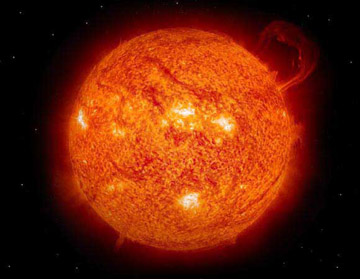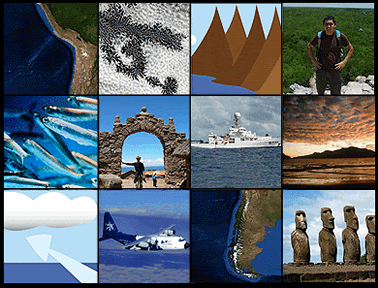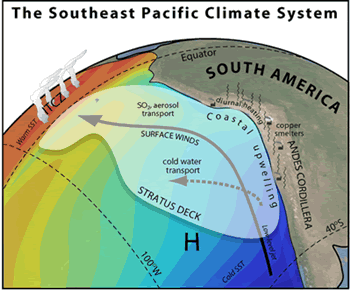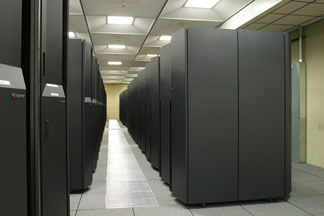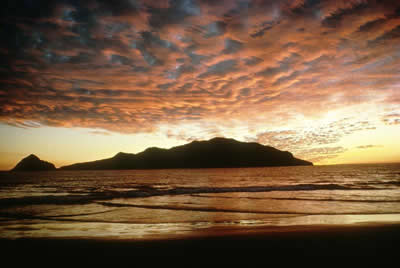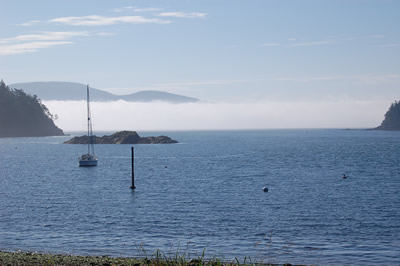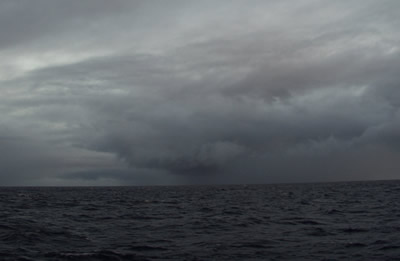Click on image for full size
Image Courtesy of Robert Wood
Introduction to VOCALS Science
Scientists know that west coasts of Chile and Peru and the Southeastern Pacific Ocean are a very important part of the global climate system. However, they don't completely understand how the oceans, atmosphere, and land in this area work together to affect climate.
To learn more about how the ocean, atmosphere, and land in this area work together, a team of scientists is going to begin a big project called VOCALS. The VOCALS science team will start a series of scientific experiments using the Southeastern Pacific Ocean and the west coasts of Peru and Chile in South America as their 'laboratory'. To do scientific research in such a big place, special airplanes, research ships, buoys, and meteorological towers are being used to make observations and collect data.
If scientists can learn more about the Southeastern Pacific climate system, they can use this information to improve global climate models and predictions about global warming. The Southeastern Pacific region is known for its stratocumulous clouds, fog and drizzle, strong winds, ocean currents, nutrient rich marine habitats, cool surface ocean temperatures, dry deserts, and the Andes Mountain range.
Scientists in the VOCALS team want to explore the interactions between aerosols, clouds, and drizzle in the part of the atmosphere near the sea surface called the marine boundary layer (MBL). They play an important role in Earth's radiation budget by reflecting sunlight out to space. The scientists also want to learn about chemical and physical processes that occur between the upper ocean, the land, and the atmosphere. Research ships will be taking samples to learn more about the medium sized ocean eddies.
Learning more about how human activity impacts the Southeastern Pacific climate system will be an important part of VOCALS. The scientists will explore how aerosols from copper smelters affect cloud formation. They will also look at how changes in the climate impact the fishing industry in Chile and Peru.
It turns out that October is the best month of the year for the VOCALS experiment, because that is when there are the most stratocumulus clouds over the Southeastern Pacific region and when the winds are the strongest. It is also the time of year when the ocean and atmosphere are most closely linked.
For updates from the scientists during the VOCALS campaign, check out the Postcards from the Field. VOCALS Scientists will be posting updates during the month of October 2008.


